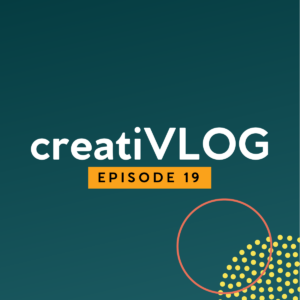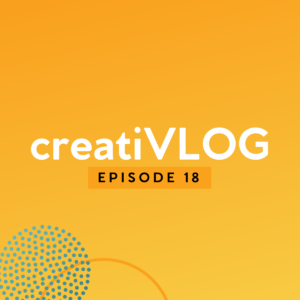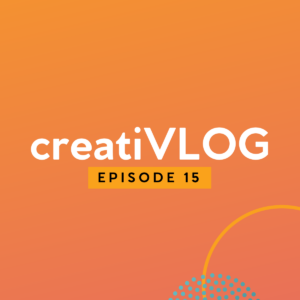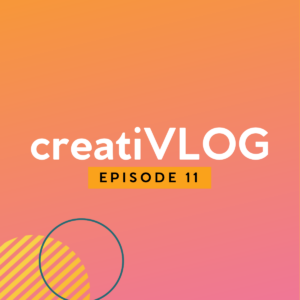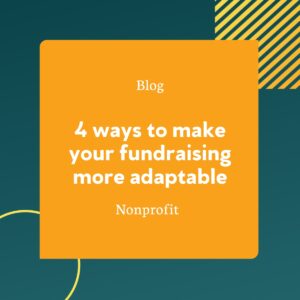Planned giving is something most nonprofits have, but don’t put as much effort into growing it as they should. Why? It seems like a very complicated and daunting task. Nonprofit employees are already wearing a million hats and certain priorities inevitably get pushed further and further down the to-do list. Setting up a planned giving program is one of them.
What exactly is Planned Giving?
Along with major gifts, planned gifts are the biggest donations a nonprofit receives (source). Planned giving is the act of making a commitment to give a charitable organization major gift – over time or at death – as part of the donor’s overall financial and estate planning (source). There are different kinds of planned gifts: bequests, real estate, gift annuity, etc. Simply put, planned gifts can be set up in real time, or for the future.
Take out client, 70×7 Life Recovery for example. Jared is a local entrepreneur who owns a successful coffee shop downtown. Jared has a niece, Angie, who had been in and out of jail for a while and needed help. She went through 70×7’s program and came out with a steady job, new friends, and a stable apartment. She had been changed! Jared has always had a sweet spot for Angie and is grateful she got the help she needed to turn her life around. Jared is now a key planned gift prospect for 70×7 Life Recovery.
Common Misconceptions
Most people think large donors need to be specifically targeted in a planned giving program. The more money, the more generous. Don’t jump to conclusions! Some of the largest planned gifts to a nonprofit come from small, monthly donors (source).
“One of our donors had given us only $2k in their entire lifetime. That is only $100 a year for 20 years. When they passed, we receieved a $62K gift.” Guiding Light, Money for Ministry Client
Why is it so Important?
Did you know that the greatest transfer of wealth in history will happen in the next three years? (source) We are in the middle of history’s biggest wealth transfer. Experts report that between now and 2050, somewhere between $30 to $60 trillion will change hands from this generation to the next (source).
This is where nonprofits step in! People want to be inspired by a mission for their community. Not only are people drawn to positive social change, they are drawn to the hero’s journey. Inspiration over information (source). Once they see the incredible impact your organization is making, they will want in on it! Including your nonprofit in their will may seem like a small gesture as a results of this, but it has a huge benefit.
Long-Term Thinking
Planned giving means playing the long game. No, you will not see the return on investment right away. But, with patience brings success, my friend. If a support includes you in their will, you may not see that fruition for years, but I promise when you do see it, you will be thanking yourself!
What does this mean exactly? Invest in your supporters. You may be thinking you’re doing fine and betting by with the support you have now, but gaining new donors is key. Gaining them from different generations is even better. Think about whose hands that transfer of wealth is going to…millennials, gen Z, and so on!
Does this still sound incredibly confusing to you? Does your nonprofit just no have the bandwidth to take on planned giving? Do not fret! Our friends at Money for Ministry are a great solution. They help Christian nonprofits achieve a sustainable financial future through their planned giving program.
Do you need help building your donor base in order to increase your planned giving potential?

